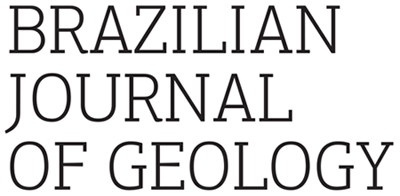Open Access
Brazilian Journal of Geology
Publicação de: Sociedade Brasileira de Geologia
Área:
Ciências Exatas E Da Terra
Versão impressa ISSN:
2317-4889
Versão on-line ISSN: 2317-4692 Título anterior: Revista Brasileira de Geociências
